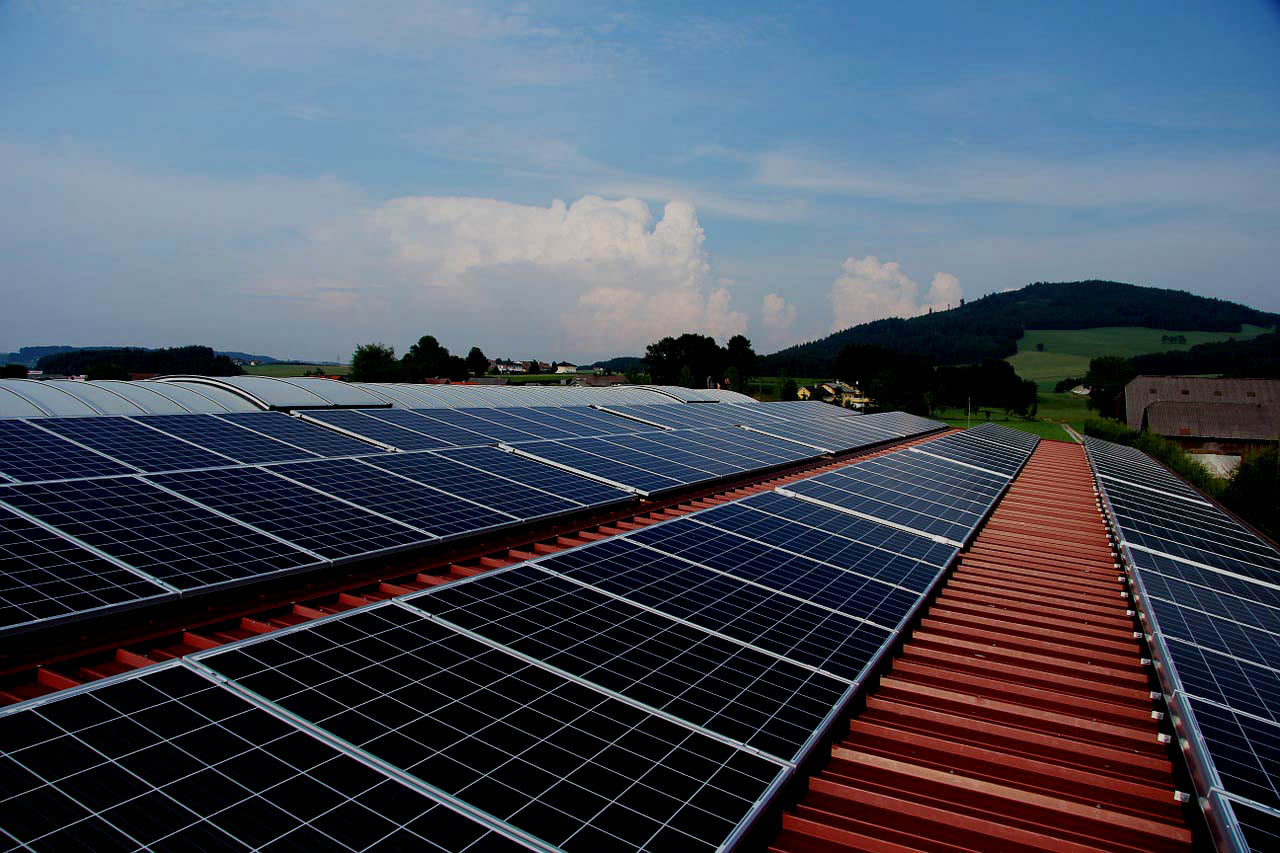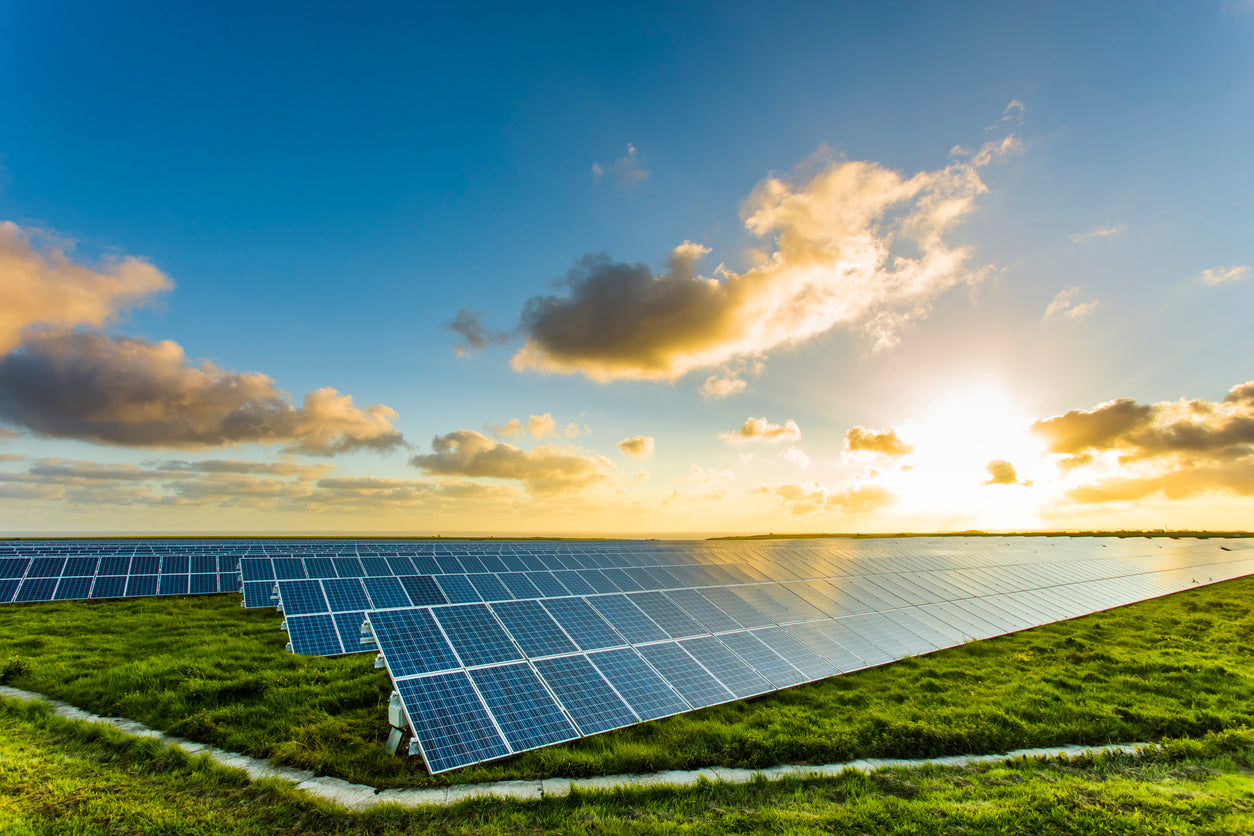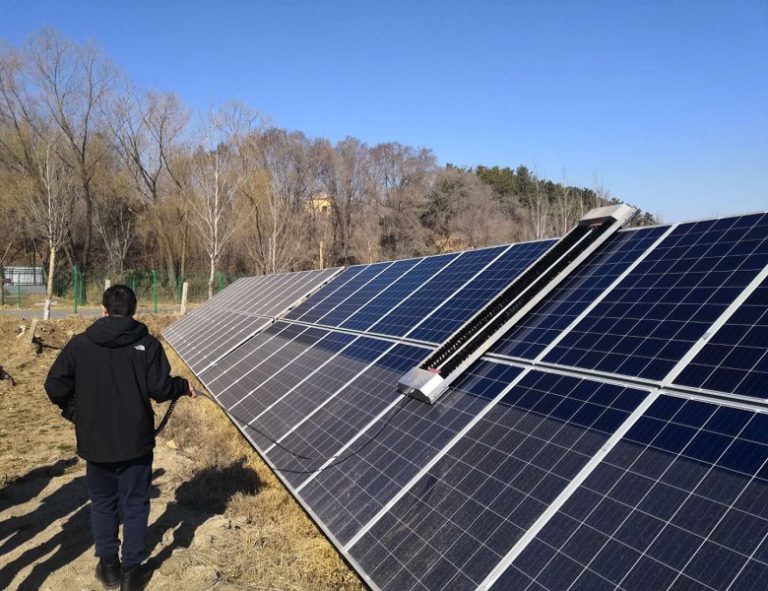The frequent and repeated pollution in the production environment seriously affects the production efficiency. The use of contact cleaner in each process where material surface pollution may occur can significantly improve the production efficiency and the efficiency of solar cells.
Nowadays, photovoltaic cell manufacturers are facing the pressure to continuously improve production efficiency and improve the working efficiency of their products. In addition, the drastic changes in the price of raw materials also make it imperative. One of the main problems affecting the production efficiency and the improvement of product efficiency is the frequent and repeated pollution in the production environment. If the material surface is polluted before the coating, printing or lamination process, the production efficiency will be seriously affected.
This paper will focus on the impact of pollution; The main sources of pollution and the problems it may cause; And put forward the feasible solution to reduce the pollution problem. How pollution affects the production of solar modules depends on which solar modules are produced. There are three types of modules:
First generation solar cell - silicon wafer: dust and pollutants will affect the screen printing process, causing many problems, such as' monument phenomenon ', open circuit and short circuit. When the pollutants in the tin welding point volatilize and expand rapidly, it will lead to missing welding and dry welding. Subsequently, the solar cell is encapsulated in the EVA film. If there are dust or pollution particles between the film and the cell, the work efficiency of the final product will be reduced because it blocks the sunlight. Even small pollution particles that cannot be seen by the naked eye will have "fish eyes" on the surface of the repressed because of the "tent effect", resulting in visual defects. These are what manufacturers should try to avoid.
Second generation solar cell - vacuum alloy: it is more efficient, but the surface of the substrate must be very clear before entering the deposition process. If there are pollution particles in the wiring circuit, the same problems as the first generation process will occur, such as "fisheye" and "monument" and so on. Similarly, in order to achieve the best battery efficiency, the glass or film surface must be cleaned during the packaging phase.
The third generation solar cells use screen printing technology similar to that in the electronics industry. Generally, this kind of battery is not as efficient as the first and second generation, so the problem of reducing its efficiency due to pollutants is more serious. The substrate and template must be thoroughly cleaned before each printing step. The substrates commonly used for screen printing are plastic materials or metal foil. These substrates arrive directly from the manufacturer before coating or deposition, and usually contain contaminated residues. For example, plastic films are usually cut into different sizes according to customer requirements. Debris is likely to remain on the surface of the material. Electrostatic attraction of dust is also a serious problem.
So what can be done to minimize the impact of pollution on solar cells? How can we fight pollution and static electricity and their impact on production? At present, there are two methods to remove dust and static electricity on the surface: non-contact and contact dust removal.
Non contact dust removal means that the cleaning equipment does not directly contact the surface of the cleaned material, such as dust collection, dust blowing or ultrasonic. The non-contact dust removal method is relatively successful in removing moderate pollution (about 25 microns). However, nowadays, the requirements of solar cell manufacturing and users for quality are increasing, because it is difficult to effectively break through the surface air layer of the cleaned materials, and can only remove about 25 microns of pollutants. Such cleaning performance is obviously not enough. Therefore, the traditional non-contact cleaning machine, such as ultrasonic or airflow type, is not the most effective way because it can not break through the contaminated particles captured by the surface air layer of the cleaning material.
Another option is contact cleaning, which usually uses the physical contact between the cleaning roller and the surface of the object to be cleaned to achieve the purpose of cleaning and dust removal. Unlike the brush or mechanical brush cleaning system, it will scratch the surface of sensitive materials (such as film), and the rubber roller will not damage the surface of the battery board. The use of contact cleaning equipment can remove loose pollution particles as small as 1 micron on the surface of substrate such as silicon wafer, glass or EVA film without damaging the surface of substrate. Subsequently, the cleaned contaminated particles are transferred to the sticky paper roll for further analysis and destruction. After the cleaning process, the cleaned battery board immediately removes static electricity through the static elimination unit to prevent re pollution caused by attracting particles. The use of contact cleaner in each process where material surface pollution may occur can significantly improve the production efficiency and the efficiency of solar cells. Contact cleaning has been proved to be the most efficient way to remove dust and clean the surface.
With the increasing price of raw materials, solar cell manufacturers must find suitable methods to improve production efficiency and reduce waste. Pollutants have an important impact on the production efficiency and the efficiency of solar cells. Contact cleaning technology provides an optimal alternative solution for improving production and battery efficiency. SOLARPARTS will also continue to explore and always adhere to the corporate philosophy of "absorbing sunshine and returning the earth to a green place". Welcome to learn more about solar panels and photovoltaic power generation through the following contact information.
Phone: +86-13923729619 Fax: +86-755-28720791
WhatsApp: +86-13923729619 Wechat: 13510027129
Email address: Philip@isolarparts.com
Homepage: www.isolarparts.com



